Occurrence and cultivation of the bitter-sweet nightshade

The leaves are heart- to egg-shaped, are partly pinnate, but always arranged alternately. The formation of terminal flowers is characteristic. The blue-violet and sometimes even yellow showy flowers appear from June. From August onwards, the flowers develop into spherical, sometimes elliptical berries that are up to 1.1 centimeters long and 1.5 centimeters wide. When the berries are ripe, they are deep to scarlet in color.
All parts of the plant of the bitter-sweet nightshade contain poisonous alkaloids, especially saponins. Steroid alkaloids are plant-based nitrogen-containing steroids that are found primarily in the plants of the nightshade plant family. Saponins are also known as soaps because they often foam like soap when combined with water.
Effect & application
The dried stems of the plant are used almost exclusively for medicinal purposes. These are also called Solani dulcamarae stipites or bittersweet stalks. The stems are picked in spring or autumn from 2 to 3 year old plants. As a rule, the stalks are then processed into medicinal products; selling the dried stems is rather unusual. Often a glycerol extract is made from the stems.
Numerous preparations containing an extract from the bitter-sweet nightshade are available on the market. Most of the preparations are not monopreparations, but instead contain other herbal ingredients in addition to the bittersweet nightshade. The stems of the bitter-sweet nightshade contain tannins, alkaloids and saponins. These ingredients have an astringent, that is, astringent, effect on the skin and are anti-inflammatory.
Above all, the saponins also have an expectorant effect. Folk medicine also assigns the plant an antiallergic, calming, blood-purifying, antipyretic, narcotic and analgesic effect. According to these areas of action, the bittersweet sticks and preparations with bittersweet sticks are used primarily for the therapy of chronic skin diseases and inflammations. They are also used in the treatment of allergies.
Colds are also a traditional area of application for the plant. Although a teaspoon of bittersweet stalks can be poured over 250ml of boiling water to make a blood-cleansing tea, internal use is only recommended under medical supervision and with ready-made products that contain a certain and controlled amount of active ingredient. However, envelopes can also be made from the bittersweet stem tea. To do this, a cloth is soaked in the tea and placed on the affected areas.
These compresses are said to be helpful for skin rashes, rheumatism and cellulite. The tea can also be used for ablutions. The bittersweet nightshade is also used in homeopathy. For the homeopathic remedies, however, it is not the stems, but the young shoots and leaves that are picked just before they bloom. In homeopathy, Dulcamara is typically used for diseases that are a result of wetness and cold or the result of a change in weather.
Indications for Dulcamara in different potencies are colds, pneumonia, pain in the throat and pharynx, headache and body aches, bronchitis, asthma, hay fever, diarrhea and skin problems. Dulcamara can also be the drug of choice for bladder infections, eye infections or ear pain.
Importance for health, treatment & prevention
Even the Romans used the bittersweet nightshade for healing purposes. In the Middle Ages, the plant was mainly used against skin diseases and gout. The famous herbal priest Kneipp used the bittersweet nightshade for detoxification. Today the plant is used less often than it was then, which is certainly due to its toxicity. Due to its toxicity, the plant should not be collected by yourself. If the concentration is too high, the alkaloids cause the red blood cells to dissolve. The poisoning manifests itself through symptoms such as scratching of the mouth and throat, nausea, vomiting, shortness of breath, cramps and drowsiness.
There is a serious risk of poisoning after ingesting five to ten berries, but lighter symptoms of poisoning can also be caused by eating the leaves and stems or tea infusions from the leaves and stems. Commission E, an expert commission belonging to the Federal Institute for Drugs and Medical Devices in Germany, has given the bittersweet stalks a positive monograph.
This means that there is scientific evidence that the bittersweet stems have a positive effect on certain diseases, more precisely on chronic eczema. The experts from Commission E recommend a maximum daily dose of 1-3g of dried drug. Infusions or decoctions should be carried out with 1-2g of drug in approx. 250ml of water. Envelopes and washes with extracts from the bittersweet nightshade are also rated as helpful by the commission.
It has been scientifically proven that the bittersweet stalks have an astringent, antimicrobial and mucosal irritant effect (and thus expectorant). In addition, the contained solasodine has an anti-inflammatory effect. Despite the toxicity of the plant, a therapy with the bitter-sweet nightshade should be considered, especially in the case of skin diseases, taking certain precautionary measures into account.

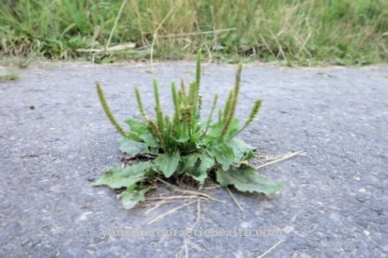
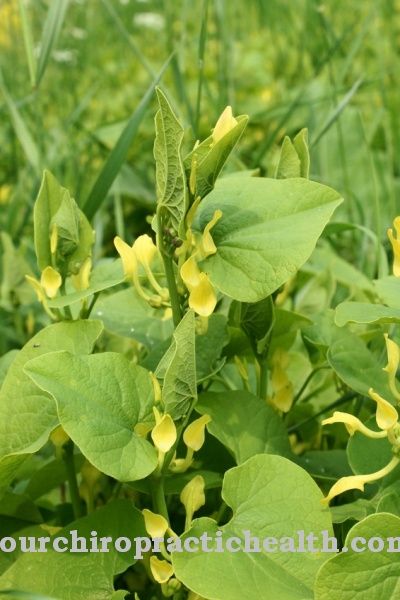

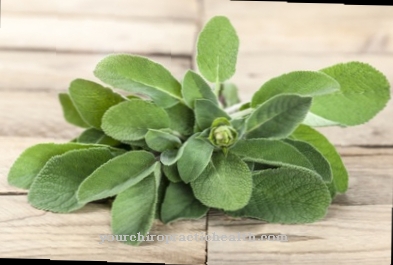
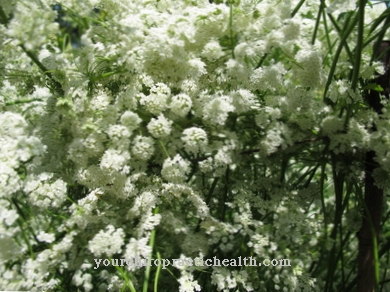
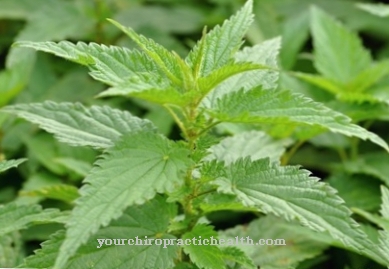

.jpg)



















